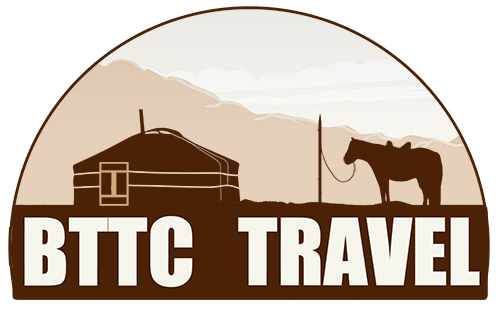Before you visit MONGOLIA
Accessibility
Weather/ Best time to travel
Visa information
Vaccination
Mongolian embassies abroad
While you are in MONGOLIA
Political system
Mongolia’s political journey reflects its resilience and desire for independence. After 200 years under Qing rule, Mongolia declared independence in 1911, appointing Bogd Khan as leader. In 1921, with support from the Russian Red Army, Mongolia became the world’s second socialist country. Following Bogd Khan’s death, it became the People’s Republic of Mongolia, operating as a one-party state under Communism.
In 1990, inspired by changes in Eastern Europe, Mongolia’s democratic revolution overthrew the Communist regime, leading to a multi-party system. A new constitution in 1992 established a free-market economy and rebranded the country as Mongolia, embracing democratic values. Today, the State Great Khural, a 126-seat parliament, elects the President and governs through multi-party elections in all 21 provinces. All citizens over 18 are eligible to vote, with elections requiring at least 50% turnout for validity.
Mongolia’s political evolution highlights its commitment to democracy, emerging as a vibrant, self-governed nation.
Administrative units
Mongolia is divided into 21 provinces, known as aimags, along with its capital city, Ulaanbaatar. Each province boasts unique cultural and natural attractions, making them ideal destinations for travelers seeking authentic experiences. The provinces are further divided into 333 soums (regional districts), which are then broken down into 1,664 bags (small communities or hamlets).
The South Gobi province covers an impressive area of 165,400 square kilometers, featuring expansive desert landscapes, dunes, and rugged mountains. Khuvsgul province, known for its breathtaking Khuvsgul Lake, has the largest provincial population, with around 121,900 residents. This region offers vibrant local communities and is a gateway to Mongolia’s rich nomadic culture.From the iconic steppe and desert landscapes of South Gobi to the serene waters and forested mountains of Khuvsgul, Mongolia’s diverse administrative regions invite visitors to explore distinct cultural heritages, natural wonders, and traditional lifestyles.
Post & Communication
Mongolia’s communication history dates back to the 13th century when Chinggis Khaan and his successors established the Urtuu relay system, an empire-wide network of messenger and postal stations across the vast Mongol Empire. Under Khublai Khaan’s Yuan Dynasty, this advanced network expanded to include China, facilitating the swift delivery of official correspondence, military orders, and diplomatic messages across continents.
These relay stations, spaced 15 to 40 miles apart, served not only for mail delivery but also offered essential amenities to traveling officials, foreign dignitaries, and traders. Couriers were provided with food, shelter, and fresh horses, allowing them to cover impressive distances of 20-30 miles per day. Historical accounts from visitors, such as Marco Polo, indicate the remarkable efficiency of this early postal system, which enabled the Mongol Empire to maintain communication across thousands of miles.
The modern system of communication in Mongolia began in 1898 when the first telephone line connected Khyahta with Ikh Khuree (current Ulaanbaatar). By 1914, the capital had its first 60-line telephone network, laying the foundation for further advancements in connectivity.
Today, calling internationally from Mongolia is straightforward. The country’s phone code is +976, and most hotels in Ulaanbaatar offer direct international calling. Mongolia’s mobile network operates on GSM, making it compatible with GSM phones from abroad. Travelers can easily purchase a local SIM card from leading providers—Mobicom, Skytel, Unitel, and G-Mobile—or opt for roaming, though international roaming reliability can vary.
In Ulaanbaatar, internet connectivity is strong and widely available. Most hotels, cafes, and service providers offer free, high-speed Wi-Fi, with 4G coverage extending across the capital. While rural connectivity is more limited, GSM and mobile internet coverage is steadily expanding to reach nearby provincial centers and villages, keeping travelers connected even in Mongolia’s vast open landscapes.
From the ingenuity of the Urtuu postal relays to today’s modern networks, Mongolia’s communication systems continue to evolve, balancing ancient heritage with cutting-edge technology to support the needs of residents and visitors alike.
